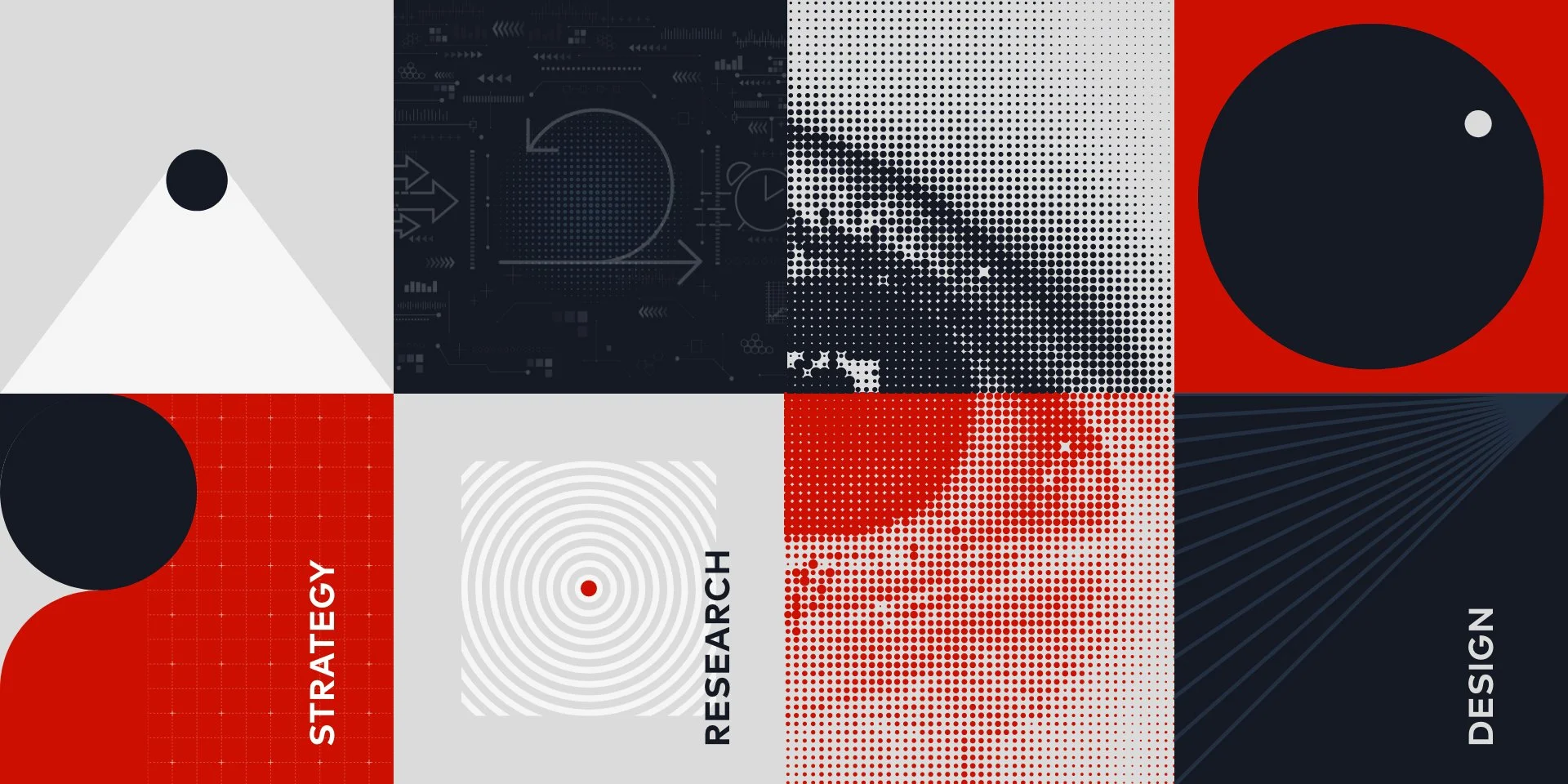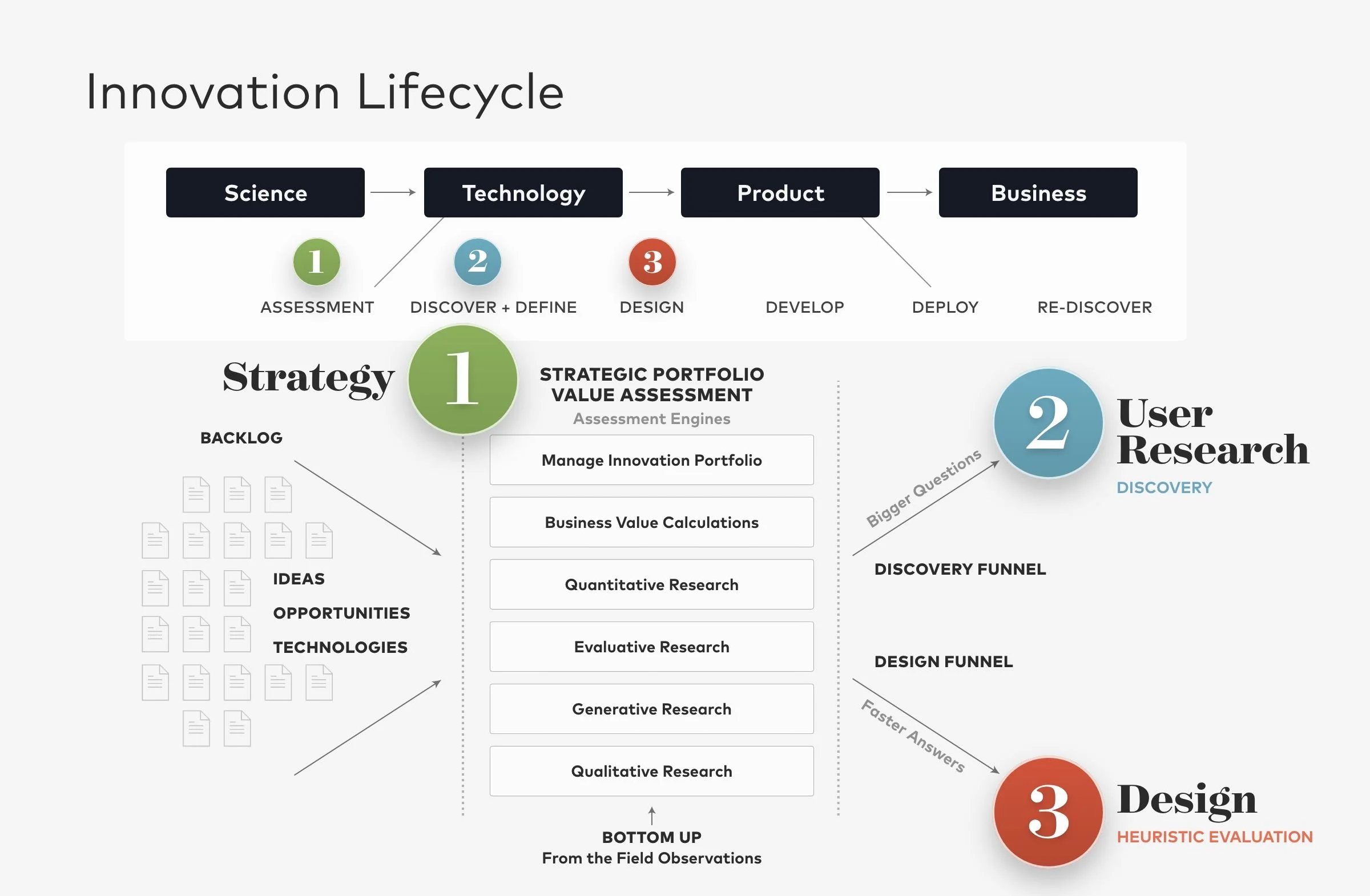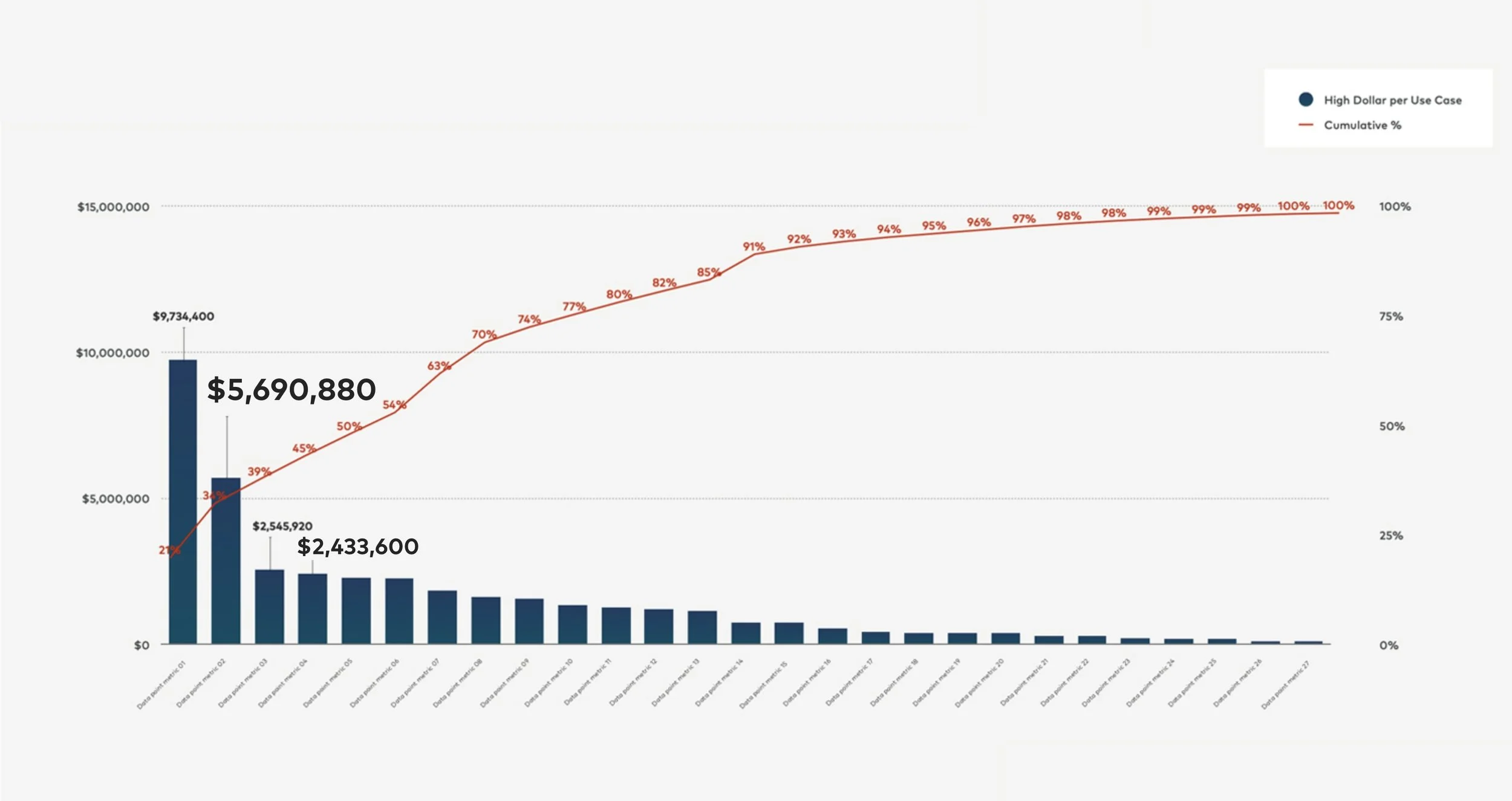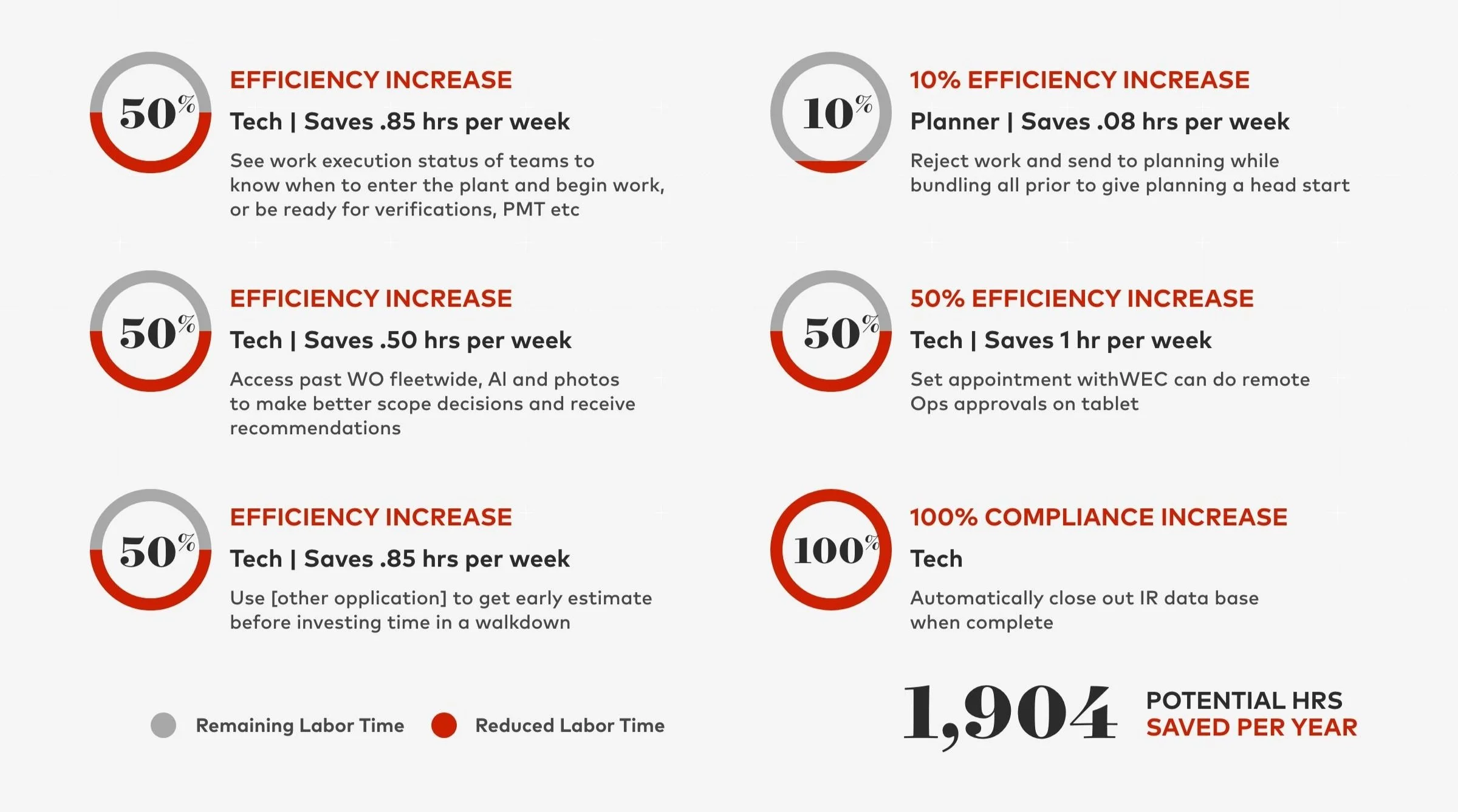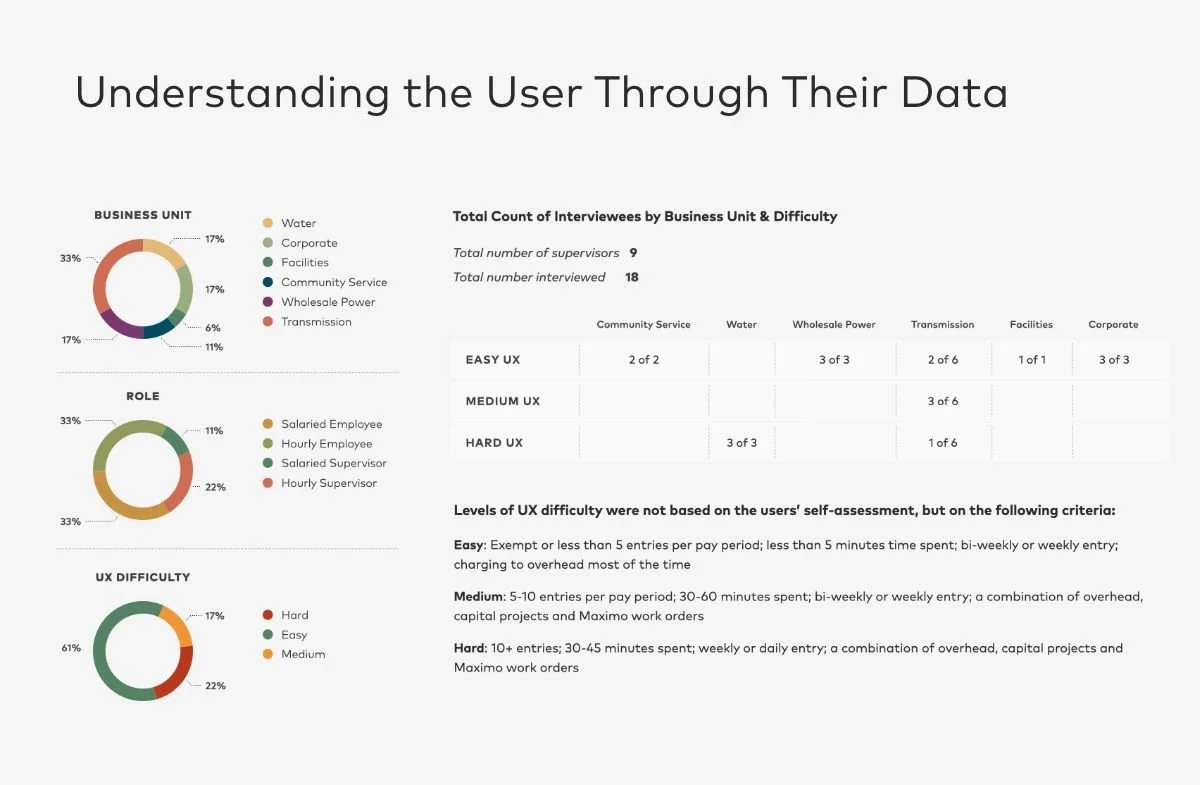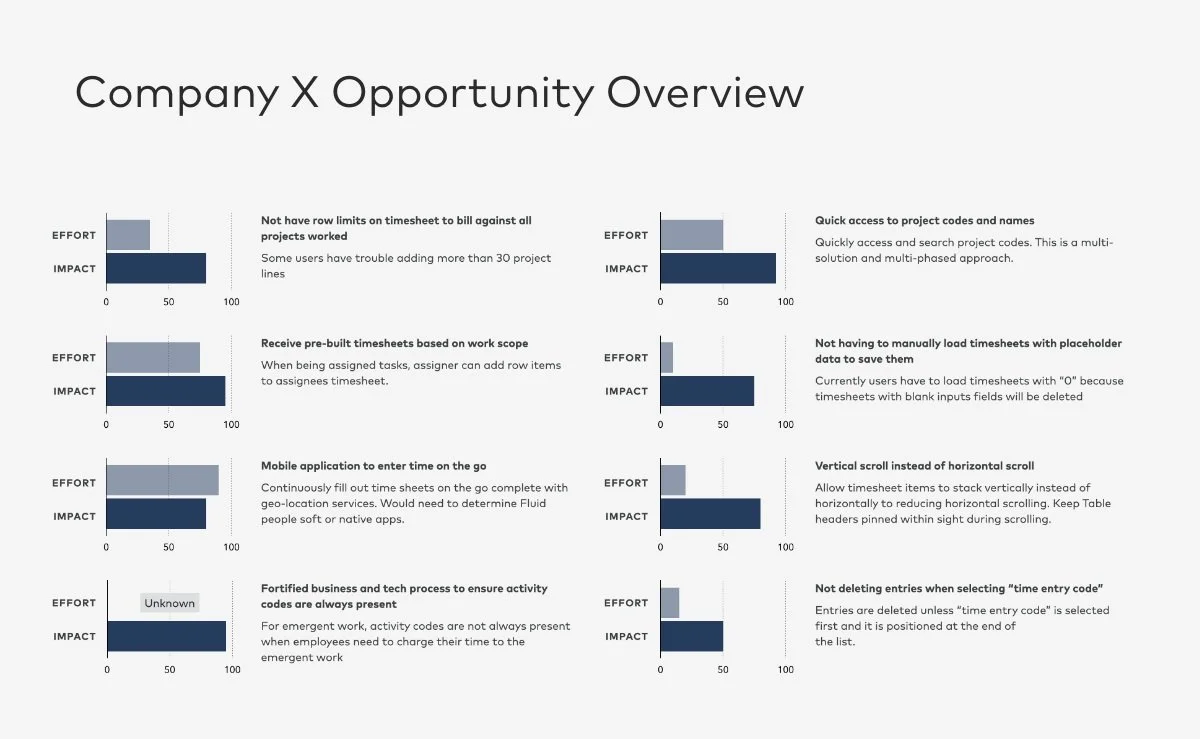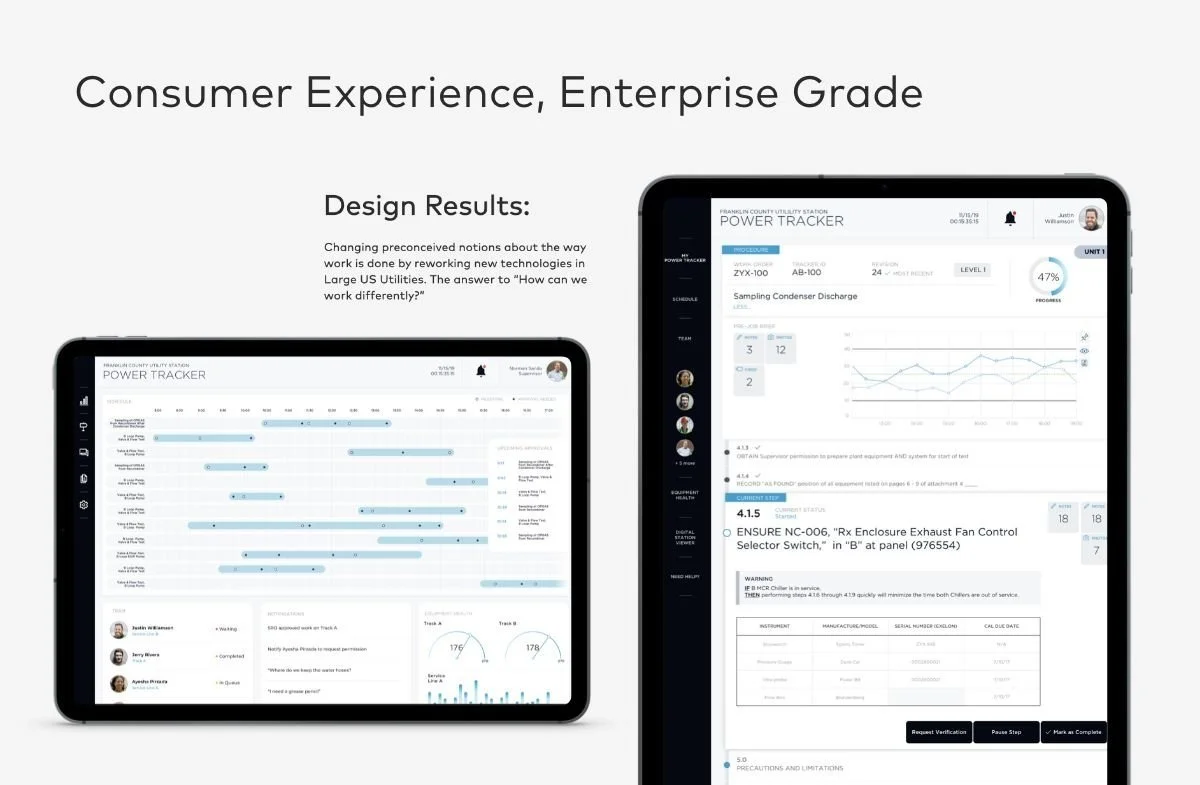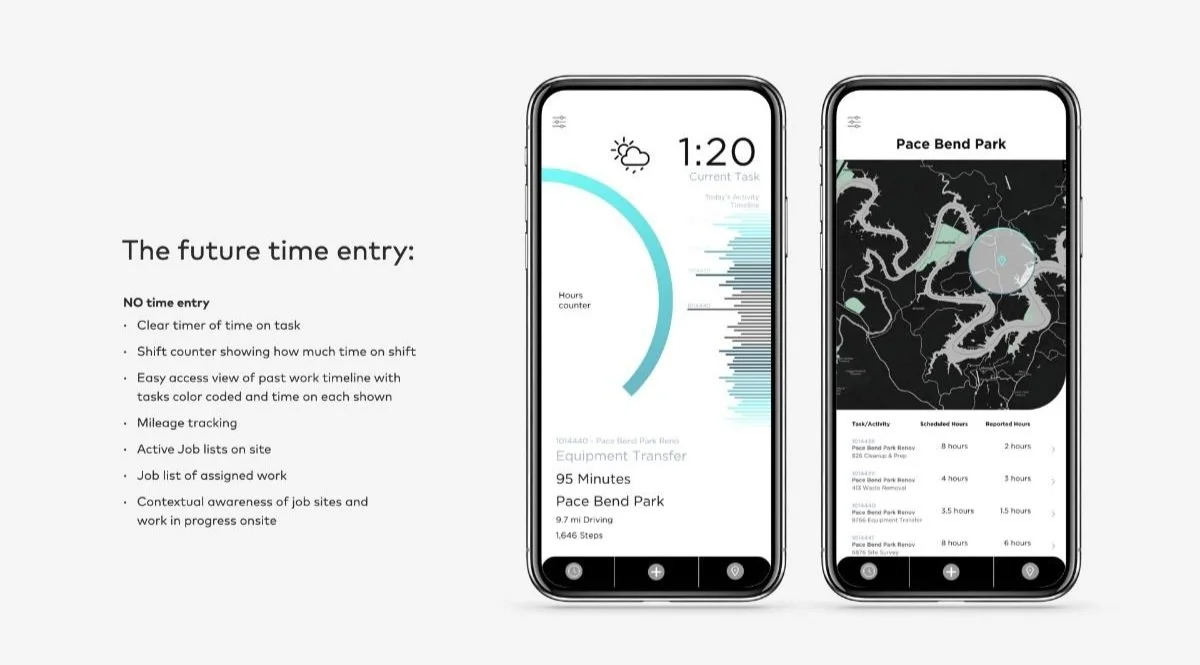Design: The Art of Turning Great Research into Great Products
When people think about design, they imagine a furious process of creative explosion. There’s an element of that, but the real purpose is to shape the research and technology into a usable product that ultimately can become a successful business.
All innovation has an overriding structure. The cycle begins with science and imagining what’s possible – a big idea like “quantum computing” or “smart cities.” The science then transitions into a technology, such as building a microprocessor that can process the nano calculations of quantum computing. The tech is not yet a useful thing but its existence proves the scientific possibility. Eventually, the tech gets optimized into a product that humans can use. And ultimately, the product gets commercialized and turned into a profitable business enterprise.
Every human endeavor, from EV charging to genetic engineering to SpaceX, has followed this cycle.
Why am I telling you this? Because companies may think they know the tenets of user-centered design – heuristic evaluations, prototyping, wireframing, testing and so on – but they don't. Few take a necessary step back to understand the contextual foundations of the innovation lifecycle. And that goes a long way to explaining the mismatch of expectations about what design is, and what design does.
This article is the third in a series about Daito's unique methodology – an approach that ensures 100% project success against all the innovation goals that are set out for it. We have already discussed the strategy and research phases. Now let’s look closer at where design fits into the process.
Innovation is complex and context is everything
As designers, we don’t do “the science.” Where design adds value is at the intersection of technology and product. Specifically, it's the process of figuring out how to craft the technology (and all the discovery work that's come before it) into a product that humans can use.
So often with enterprise innovation, people get excited about and fixated on the technology. Yet the technology itself just “is.” It's an enabler of products and businesses, not a tool in itself.
This often comes as a shock to companies that lean on SAFe because the Scaled Agile Framework, by focusing on fast-moving product development, prioritizes the role of engineers and tech. SAFe doesn't provide the right language to describe the user's experience. That makes it very difficult to define a product because there's not enough understanding of user needs or context, and the user interacts with a product, not a technology.
Design Thinking ≠ Design
Design is and should be an inclusive process. But, just like every organization has specializations and hierarchies, there are different roles involved in a successfully designed product.
The SAFe framework misses this critical point. It has a “Design Thinking” box to check, which has the noble goal of including non-designers in the design process. Design Thinking is a way for engineers, business people, scientists and technologists to come together in a design democracy and work in a divergent and convergent mindset, so you can come up with ideas.
But democratization undermines the value of the design. As a discipline, design has a diverse set of methodologies, tools and vocabulary, many of which overlap. It takes rigorous schooling and years of experience to be able to understand humanity and translate the real needs of users, through tech, into a viable product. New forms and methods of practice are evolving all the time. It isn't magical thinking with Sharpies and a Post-it pack. Would you attempt to democratize civil engineering or brain surgery? Would you trust your developers or your COO to perform a craniotomy?
Design Thinking is not and was never intended to be a replacement of the design process. Do it if you want to fire up the creativity neurons before you embark on your innovation journey. But you'll still need the experience of strategists, researchers and designers to see you through the innovation lifecycle.
How Daito aligns with and enhances SAFe®
While Design Thinking is poorly defined and reductionist, there are lots of good things happening in SAFe. Used properly, it can help organizations deliver value efficiently, continuously and predictably. Ignoring SAFe is like throwing the baby out with the bathwater. And so, we have refined our methodology to sit comfortably within this framework while overcoming its pitfalls.
If you have seen the McKinsey stat that 70% of transformation projects fail, then you'll know that SAFe is not a perfect framework. The biggest issue is that it's asking designers to do things they should not be asked to do. For example, when SAFe is followed prescriptively, there’s an expectation that design will take place within an agile sprint, where all design elements conveniently fit into a two-week cycle.
Suppose, however, that someone comes along and changes the requirements. Is that a “design adjustment” problem to be fixed in the context of a two-week sprint? No, it isn’t. It's a “reset the design clock and send everything back to discovery” problem, because the objectives have now shifted. More research is needed to validate and prioritize the new requirements and give the engineers a clear spec to build against. Researchers are responsible for those discoveries, not designers.
The reset is necessary because of the innovation lifecycle. Design, if you remember, is the link from technology to product. Everything before that is not design; it is strategy or research.
I've written about those things before but here’s a quick refresher of how it all slots together:
STRATEGY answers the question "what should we build?" It looks at the big idea that needs to be addressed, defines the business objectives, and makes sure the project is all stacking up financially.
Strategic Innovation Assessment
Pareto Chart
Key Process Opportunities
Cohort Analysis
RESEARCH answers the question "how can we work differently?" Here, we look at user task flows and perform due diligence as the foundation of design work. There's a discipline around how those requirements are gathered and measured and you save a lot of money (up to 10,000 times more money!) doing these things pre-design than later in the process.
The above presents a work analysis diagram that can be used by innovation teams to determine requirements, enhancements and safe applications for emerging tech.
User Personas
Engineered Experiences
Opportunity Overview
Journey Map Development
DESIGN answers the question "How do you craft that best-in-class human-centered experience?" Now, and only now, can we design a product to fit our specifications. That instantly narrows the scope of what a designer should be doing. When you create that backlog of research insights, design is a very efficient process, providing the transition from a chaotic unmet business and user need into something very specific that can be done.
Back in the SAFe area
Everything to this point has been getting us to the minimal viable product that can be field tested in a way where we can measure value.
As we enter the production side of things, design can start to follow the traditional agile methodologies of SAFe. The design team is embedded with the agile team and, typically, you have the design team working a few sprints ahead. So, if you are running two-week sprints with a backlog of features or adjustments to features that designers need to work on, then having one design sprint, one testing sprint and one redesign sprint is a good cadence for making sure designers have time to prototype their work and can hand off proven designs to engineering.
We employ different testing methodologies at various points in the design sprint. Selecting the right ones depends on many factors such as the product, delivery model, time to market, technology, etc. In the first half of the usability test, there’s a focus on evaluating the design as it stands without the bias of new ideas. The second half should be generative; discovering new features, opportunities, priorities, changes in business needs, changes in user behavior, or tech changes. The generative part is to figure out what comes next and make sure that the product is getting better with each iteration with no sagging of user experience over time.
Having time to double-check and test things is important. Simply hoping that something works is not an option when budgets are on the line.
With good research, design is efficient
The design phase is the bridge between technology and product. It's an efficient process when done right, but it has to be integrated with all of the other pieces of our methodology. This mixture of ROI-focused strategy, objective user research, classic UX design methods, and modern agile methodologies ensures our products deliver both on user adoption and business returns.
Design isn’t about creating something that looks good, it's about creating something that delivers on every KPI. This is what Daito Design does better than anyone else – getting the right people in the right place throughout the innovation lifecycle to create value for humans and the business.

